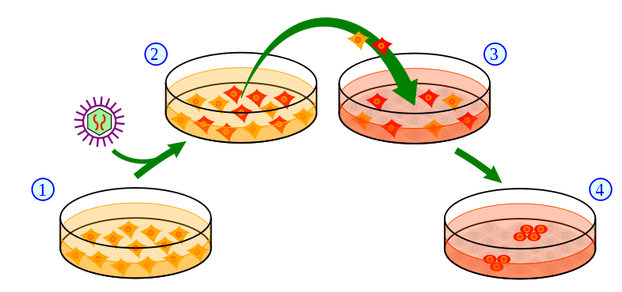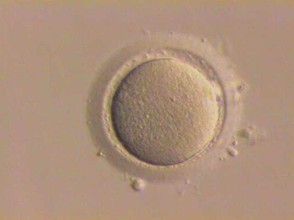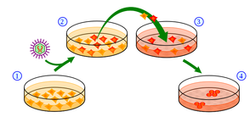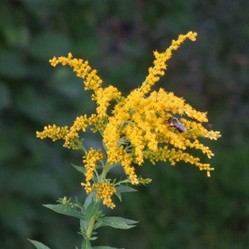Induced pluripotent stem cells (iPSCs) are a type of stem cell created from somatic adult cells (e.g a neural or a skin cell). According to the published literature, iPSCs are very similar to embryonic stem cells (ESCs) and have the ability, under the proper conditions, to transform into virtually all types of somatic cells. However, similarly to ESCs they seem to be very prone to expressing carcinogenic activity.
Animal iPSCs were first created at the Kyoto University by Shinya Yamanaka and his team in 2006. Next year, Yamanaka was able to create, again for the first time, human induced pluripotent stem cells (hiPSCs) from human fibroblasts. During the same year and almost simultaneously James Thomson's was able to also create hiPSCs as well.
A lot of time has passed since then and a lot of progress has been made in the field of developing iPSCs. Today researchers have the capacity to create iPSCs from the following types of cells:
- Stomach cells
- Liver cells
- Skin Cells
- Cells found in urine (epithelial cells)






 Dog Training: Essential Equipmenton 12/14/2016
Dog Training: Essential Equipmenton 12/14/2016
 12 of the World's Weirdest Animalson 11/30/2014
12 of the World's Weirdest Animalson 11/30/2014
 Promachoteuthis sulcus: Strange Squid with human like teethon 04/10/2014
Promachoteuthis sulcus: Strange Squid with human like teethon 04/10/2014
 Autologous Matrix Induced Chondrogenesison 04/10/2013
Autologous Matrix Induced Chondrogenesison 04/10/2013


Comments